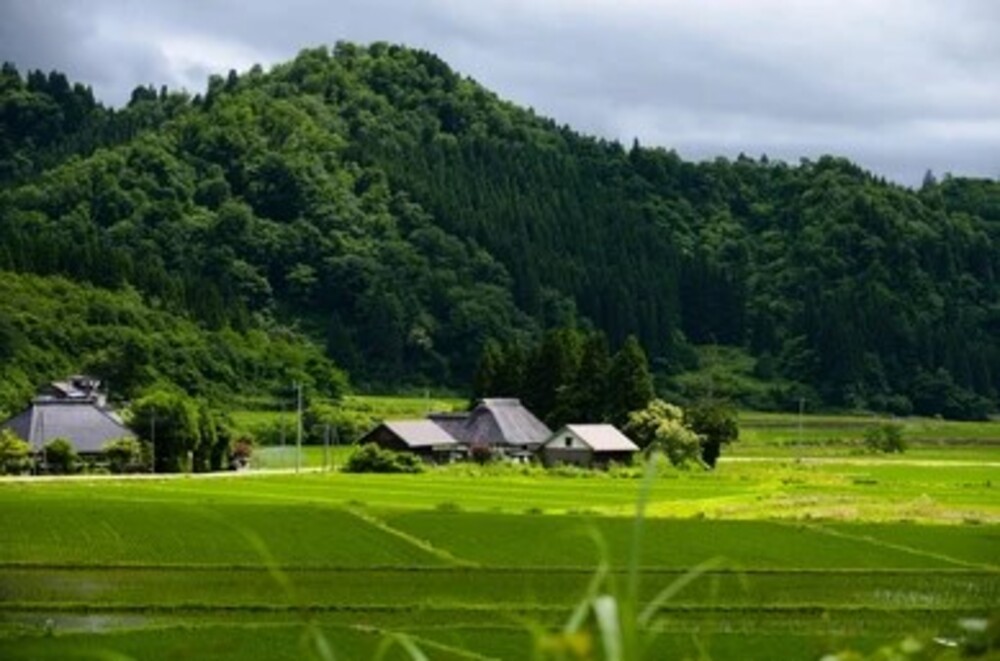The G7 Hiroshima Summit in May 2022, which will be held in Japan, is set to highlight cross-border cooperation on protecting the planet. The need to protect biodiversity for the sustainable future of the planet has become increasingly urgent.
In anticipation of this summit, the G7 Ministers’ Meeting on Climate, Energy, and Environment in Sapporo on April 15 and 16 is expected to discuss the conservation of biodiversity, which is as important as cutting carbon emissions.
Japan’s commitment to the 30by30 target
At the UN Biodiversity Conference (COP15) in Montreal, Canada, in December 2021, the “30by30” target was adopted. The aim was the conservation of at least 30% of both land and sea areas by 2030.
Other goals include minimizing the effects of climate change on biodiversity, promoting related impact assessment and disclosure by businesses, and providing the necessary finance and resources where they are needed.
Japan has committed to this target and has announced 117 billion yen (approximately $890 million) in funding for conservation from 2023 to 2025. Also, Japan will contribute $638 million to the Global Environment Facility, and $17 million to the Japan Biodiversity Fund.
A sustainable future is a harmonious existence with nature
The core of Japan’s strategy for protecting biodiversity is its long-standing insistence that its citizens live in peace with the environment. Japan released its “30by30 Roadmap” in April 2022, eight months before COP15, to help the country reach the 30by30 goal.
The government is currently striving to forge a wide coalition to support the initiatives outlined in the roadmap and develop bonds between people and the natural world.
Other effective area-based conservation measures (OECMs) for a sustainable future
Other Effective Area-Based Conservation Measures, or OECMs, will serve as a cornerstone of Japan’s 30by30 Roadmap.
It protected places like national parks. But, also, includes land and water resources that are managed by the private sector. Local government, communities, universities, and other organizations’ properties are in the scheme too. In Japan, these include satoyama, urban green spaces, and land utilized for disaster mitigation.
Traditional wisdom is frequently used to sustain Satoyama’s rural environment, which preserves and even improves the region’s biodiversity. They are made up of diversified terrain that may include marshes, farms, forests, and irrigation systems.
The certification of OECMs
To contribute to biodiversity conservation, the Ministry of the Environment is currently establishing an OECM certification system. It will confirm that sites meet the specified definition.
Participation can assist organizations and enterprises in increasing their understanding of environmental, social, and governance (ESG) initiatives. It can also help local governments and organizations collaborate with businesses and communities.
Now 56 facilities are accredited on a trial basis. The goal is to certify 100 sites by the end of this year. Two satoyamas—Nobi-Kagamida Ryokuchi-Park and Château Mercian Mariko Vineyard—are among the experimental locations.
The path to a sustainable future, positive to the nature
In April 2022, the “30by30 Alliance for Biodiversity” was launched in promoting a nature-positive future. This alliance brings together over 300 companies, local governments, organizations, and individuals from across Japan, and across various fields of expertise. The goal is to create a more sustainable future by focusing on the conservation of biodiversity.
Japan sees the 30by30 initiative as a crucial step towards achieving a more sustainable future. That means a future where the power of individuals, communities, and corporations is harnessed to protect and conserve the natural world.
By setting clear numerical targets, the initiative aims to inspire action across the country. It supposes to encourage stakeholders to work together towards a common goal.
Through the achievement of the 30by30 target at the domestic level, Japan hopes to make a significant contribution to global efforts. We must act locally to protect the natural world globally.

